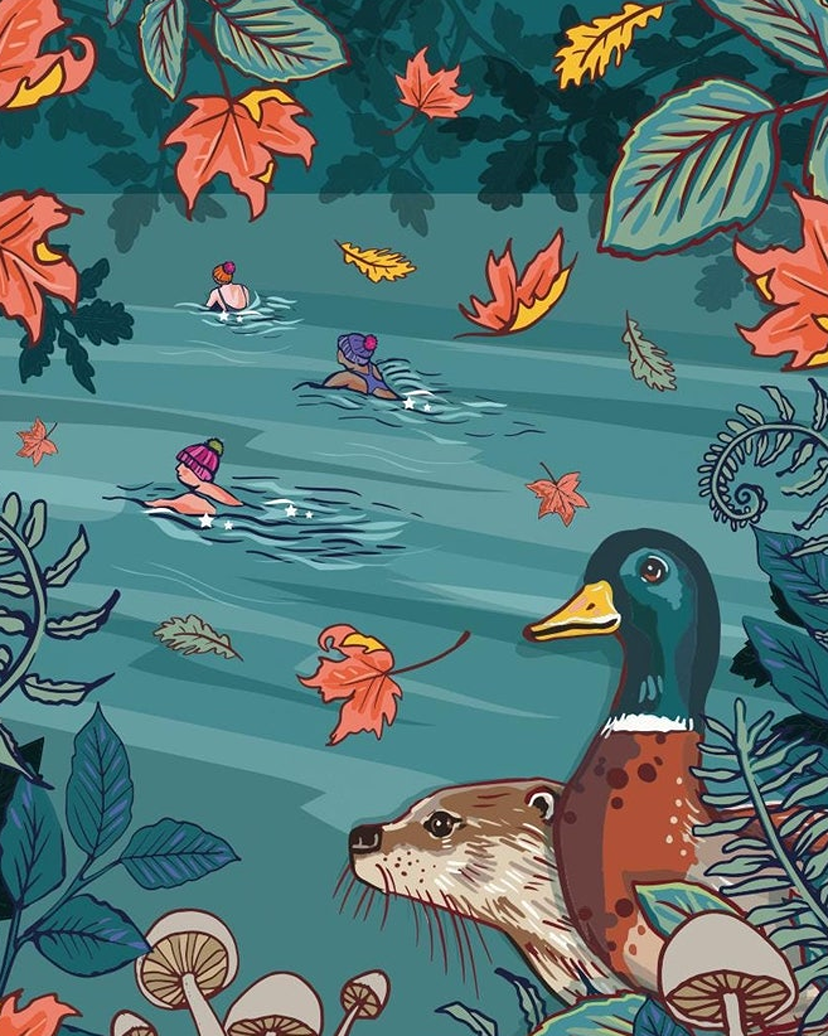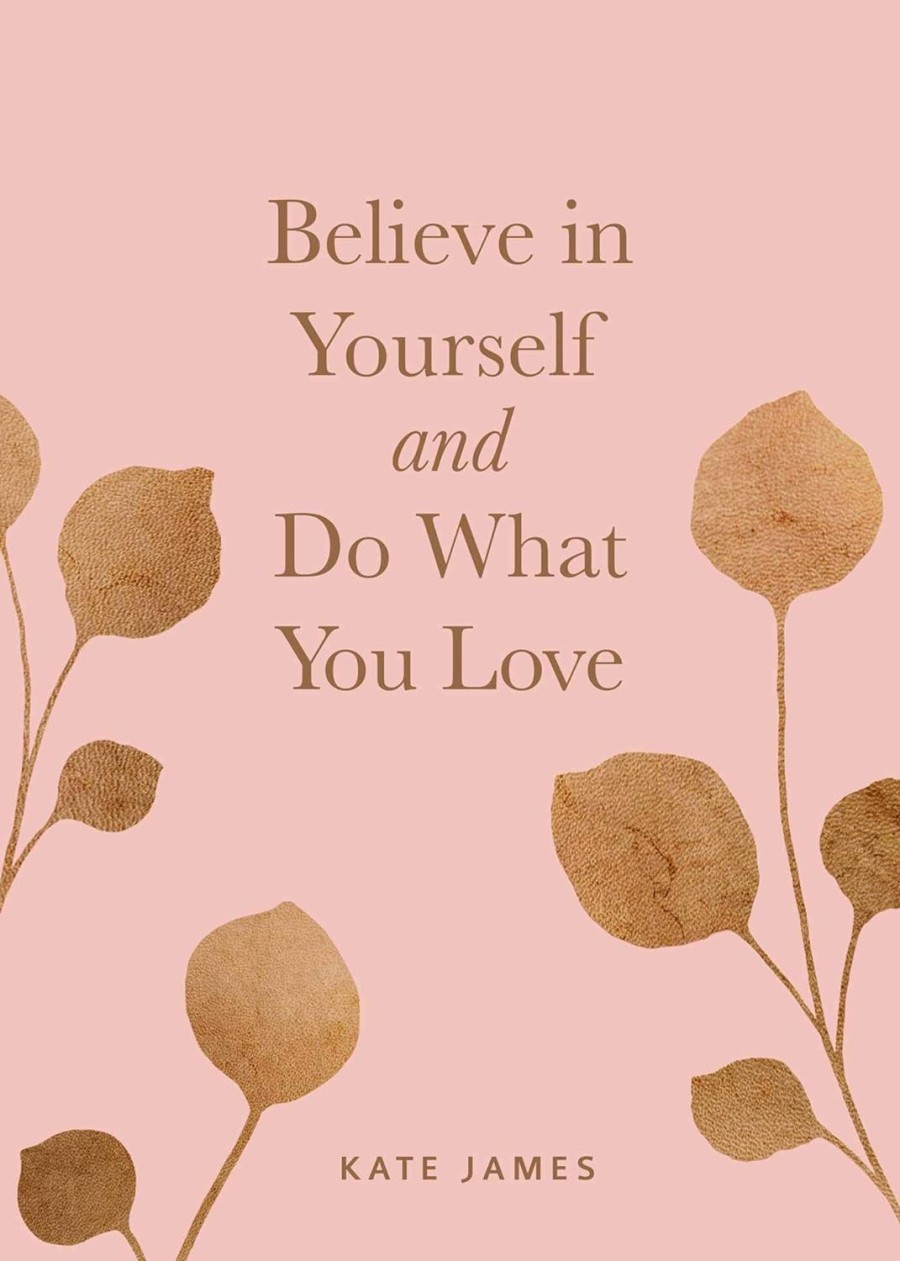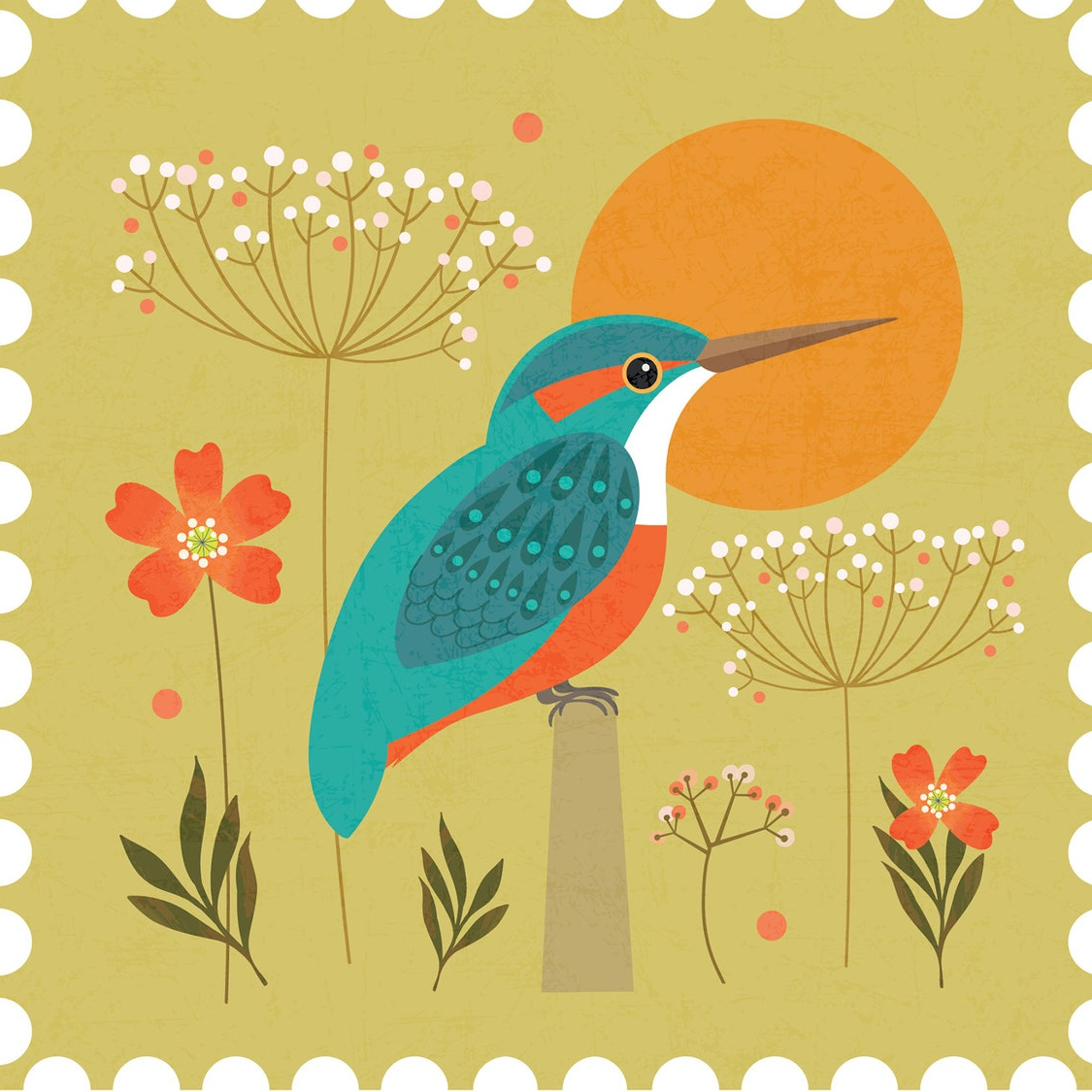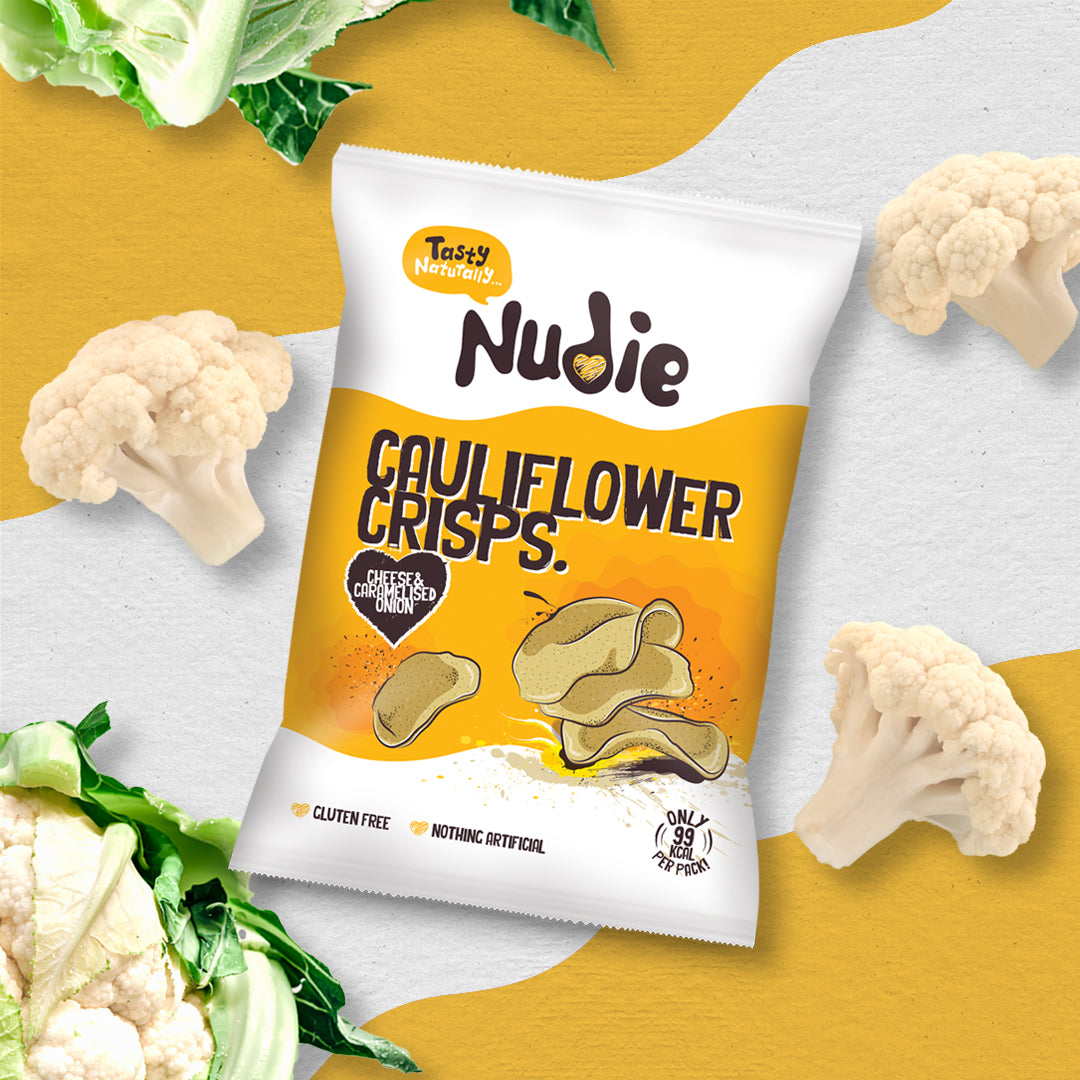Helpful Tips for Ethically Foraging Free Food
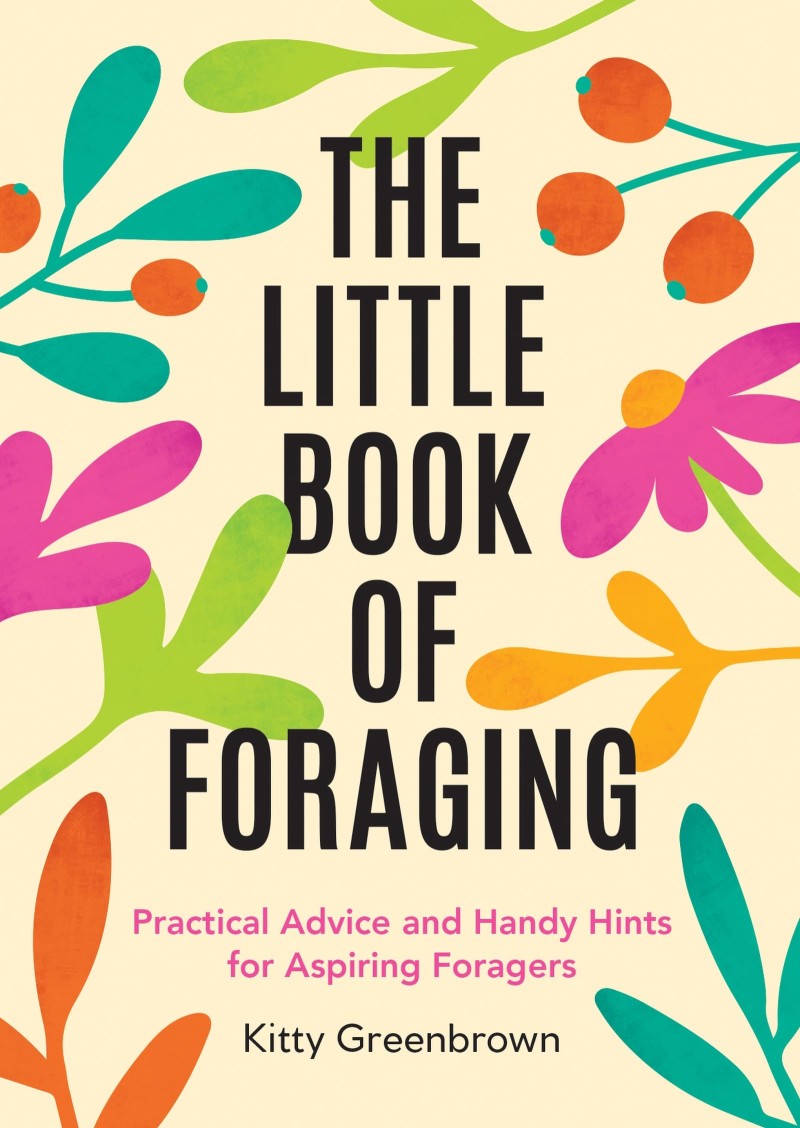
Foraging for free food can be a rewarding way to connect with nature and enjoy fresh, wild ingredients. For free! But it’s important to know what to avoid (toxic mushrooms!) along with knowing how to pick sustainably to avoid harming wildlife (baby ladybirds often hide in nettles). And to leave some for birds and wildlife.
If foraging for food from hedgerows, only take what you need to leave the rest for wildlife – leave nettles with ‘tiny alligators’ (young ladybirds) alone until they’ve grown and flown.
Most hedgerow plants are poisonous to pets (fruit pips/seeds, elder, borage, mushrooms etc). If you use conkers, keep them away from pets (oak trees are also toxic to horses).
If foraging coastal plants, don’t remove seaweed (sustainability experts just give it a ‘haircut’). Keep seaweed away from pets, it can expand in the stomach.
Sharing Free Food with Wildlife

Foraging isn’t about gathering as much as you can; it’s about taking only what nature can spare. Leaving plenty of food behind supports animals and helps plants regrow.
- Take only a small portion from any one area.
- Avoid uprooting entire plants unless they regenerate quickly.
- Leave seed heads and roots intact so plants can reproduce.
- Respect rules on protected or rare species.
- Consider how your harvest affects local animals’ food supplies.
Over-harvesting reduces food and shelter for wildlife and can cause long-term damage to habitats. By leaving enough, you help keep ecosystems healthy for future foragers and all living creatures.
Keeping People and Pets Safe
Some edible species have toxic doppelgängers that look very similar, and confusing one for the other can be dangerous. To forage safely, always learn from reliable sources—books by expert foragers, local foraging groups, or workshops.
- Use multiple ID features: Don’t rely on one detail like colour or shape alone. Look at leaves, stems, flowers, or gills carefully.
- Check for seasonal growth: Some plants or mushrooms only appear at certain times. Picking them out of season might mean misidentifying.
- Avoid unknown species: If you are unsure, leave it be. Some toxins can cause severe harm.
- Be extra cautious with mushrooms: Many edible mushrooms have deadly look-alikes and require keen observation.
- Start small: If trying a new wild food, eat a small amount first to check for allergies or reactions.
- Wear gloves to protect hands from thorns, irritant plants and hidden bugs. After you’ve finished gathering, wash your hands thoroughly to remove dirt or sap.
- Avoid picking plants near busy roads or industrial sites, these may contain chemicals from traffic or pollution.
- Carry a first aid kit to deal with minor scrapes or insect bites. Also carry a tick remover (check your body, clothes and hair, after walking through long grass or woodland).
- Keep a bottle of water handy to stay hydrated.
Protecting Pets During Foraging Trips
Pets love joining us outdoors, but wild plants and mushrooms can be harmful to them. Some common weeds, like ragwort or foxglove, and many mushrooms are toxic if eaten by dogs or cats. It’s best to not take pets with you when foraging, to keep them safe. Read our post on pet-toxic plants.
If pets are nearby, bring safe treats along to distract them from nibbling on unknown plants. If you think your pet has eaten something poisonous, contact a vet immediately and bring a sample or photo of the plant or mushroom if possible. Early treatment can make a big difference.
To keep your pets safe while foraging:
- Learn which common wild plants and fungi are dangerous to animals.
- Keep dogs leashed or under control in wild areas.
- Use treats and toys to redirect their attention from plants.
- Watch for symptoms like vomiting, weakness, or drooling.
- Have your vet’s contact details ready in case of emergencies.
Saving Money and Reducing Waste
Free food is hard to beat when it comes to saving cash. Gathering edible plants, berries, nuts, or mushrooms nearby means you can top up your meals without extra trips to the shops. On top of saving money, foraging helps cut food waste. Instead of products losing freshness on store shelves or at home, foraged foods are freshly picked and often highly nutritious.
Here are a few easy ways to use your finds:
- Add wild greens like nettles or dandelion leaves to salads or soups for a fresh, earthy flavour.
- Use berries in jams, smoothies, or desserts.
- Roast wild nuts for a crunchy snack.
- Dry herbs or edible flowers to flavour teas or dishes.
Three Beginner Guides for Foraged Plants
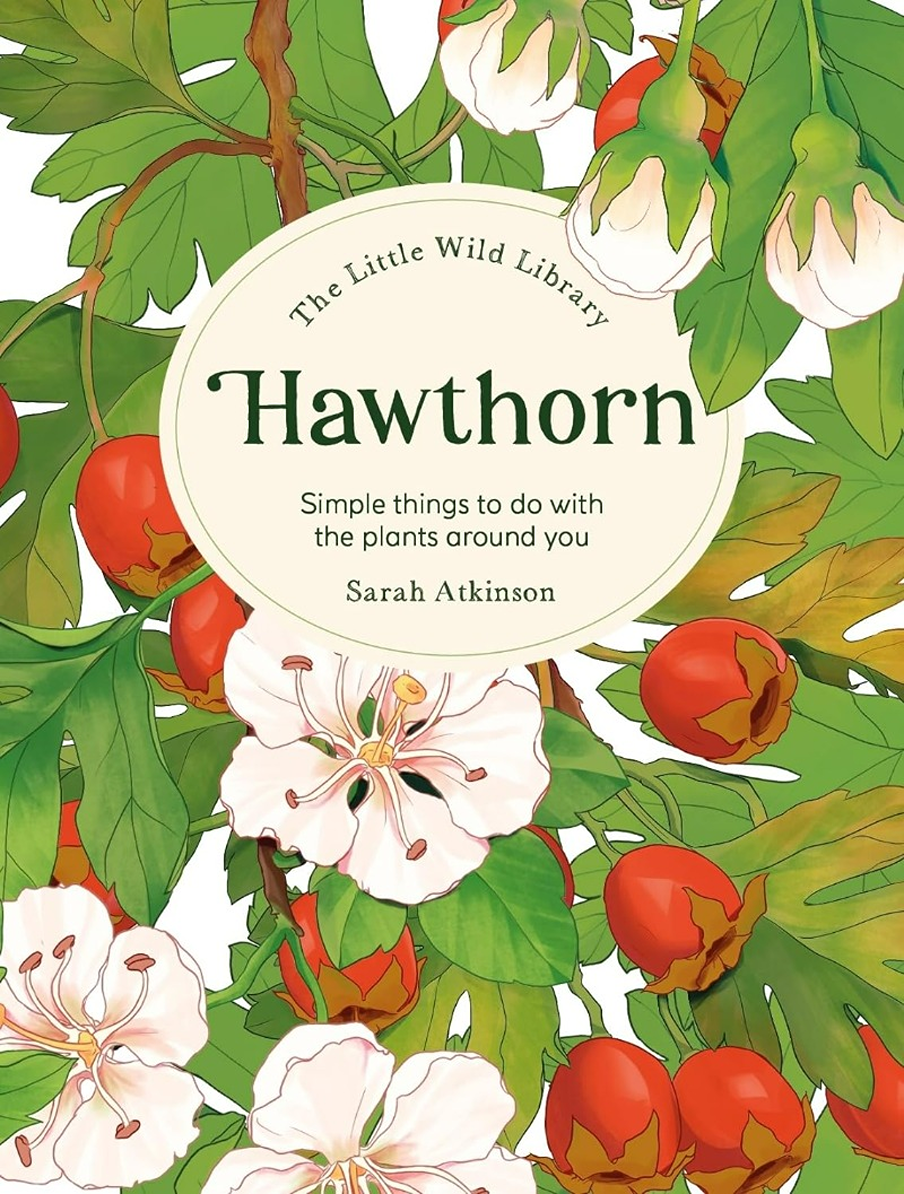
The Little Wild Library: Hawthorn is a unique guide on how to make the most of your foraged finds. This old ‘May tree’ has tiny white flowers heralding the beginning of warmer months.
Learn how to identify a hawthorn tree amid its hedgerow friends and discover botanical information of this beautiful tree, whose blossom uplifts the spirits on a dull afternoon. Sarah Atkinson is a medical herbalist with over 30 years experience, who runs a holistic medicine garden in the Lake District.
The Little Wild Library: Wild Rose is a book about a beautifully scented plant that bees love when in bloom. Make recipes from foraged wild roses, and useful tinctures using plump rosehips that decorate branches in autumn and return in spring as petals and flowers. Learn how the wild rose got its name.
The Little Wild Library: Elder is a book about the tree that signals summer, with blooms emerging in late spring and filling hedges and pathways with glorious fragrance. Rich in vitamin C, learn how to make romantic elderflower champagne! All parts of the elder tree are poisonous to pets.
Artisan Liqueurs (from Cotswolds foraged fruits)
Forage Liqueurs is a drinks brand inspired by long walks in the Cotswolds, seeing heaps of fruits that could be sustainability foraged. The range of liqueurs includes gin and vodkas, all from locally-sourced tasty finds.
Tonic water contains quinine, so check medication (also for rhubarb/grapefruit tonic waters) or use soda water instead as a mixer. Quinine should also be avoided for pregnancy/nursing. But hopefully you won’t be drinking vodka anyway?
The range includes:
- Sloe Gin
- Blackberry Vodka
- Raspberry Vodka
- Morella Cherry Vodka
- Zesty Whisky
- Orange Brandy
- Quince Gin
- Rhubarb Gin
- Christmas Gin
Most good brands use natural corks. These are too dense for composting (and choking hazards). So if your off license does not recycle, send in bulk to Recorked, to be made into other things.
Books to Learn About Sustainable Foraging
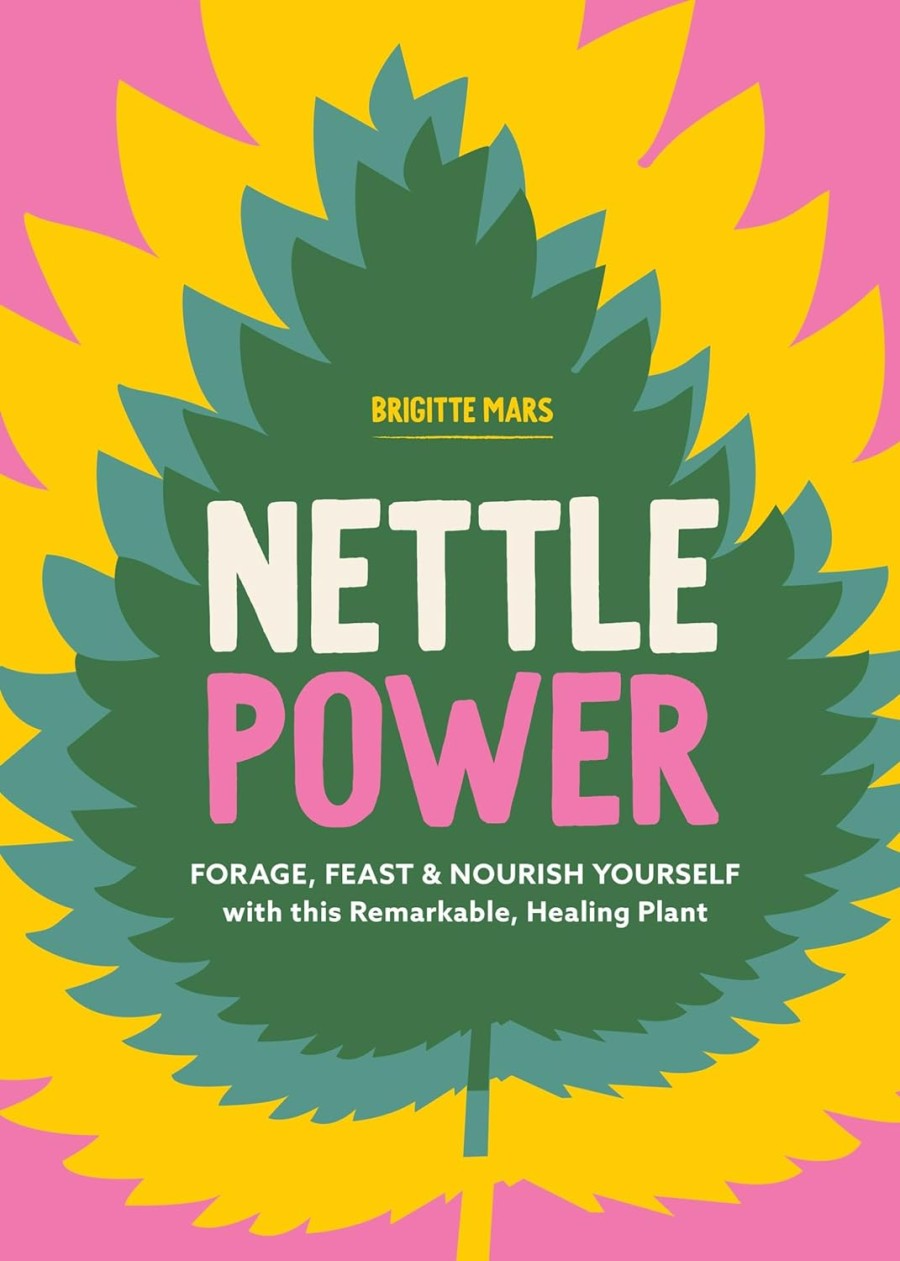
Nettle Power is a colourful guide to the healing and culinary uses of the protein-packed plant that is beloved by foragers and herbalists. Keep stinging nettle away from pets as they are toxic.
This book is a fascinating armchair exploration through the uses of nettles in food, medicine and fibre throughout history, by both European and Native Americans. It has been used to soothe the skin, strengthen bones, cure hair loss, restore the nervous system and more. The plant’s sting is easily neutralised by blanching.
Stinging nettles are commonly found in English gardens, hedgerows, fields and forests, preferring damp and fertile ground and lovers by caterpillars and butterflies, and ladybirds also feast on aphids that live there.
Apparently it’s a myth that applying dock leaves neutralises the sting of a nettle, as sap from dock leaves are also acidic. But dock leaves are food for small copper butterflies, so it’s important to look after them.

Foraging with Kids could also be used for adults, a wonderful guide to forage 52 of our native plants for free. An ideal book to get outside in nature, and learn how to identify plants safely, with beautiful hand drawings.
In this book, you’ll learn how to make egg-free custards from foraging finds and stop bleeding from minor cuts. If you use conkers, keep them away from pets (oak trees are also toxic to horses).
First, you’ll get to know about foraging, then find a seasonal calendar, to know what to look for each month. Then it’s onto some of your foraging finds:
- Crab apples
- Wild cherries
- Blackberries & bilberries
- Wild raspberries
- Blackthorns (sloes)
- Wild plums & damson
- Elder & hawthorn
- Rowan & roses
The book also other chapters on weeds like dandelion, burdock, chickweed and sorrel. Mushrooms (picking the wrong kind can kill you!). And plants that smell or look like garlic and mustard. The author teaches foraging in the Brecon Beacons, Wales.
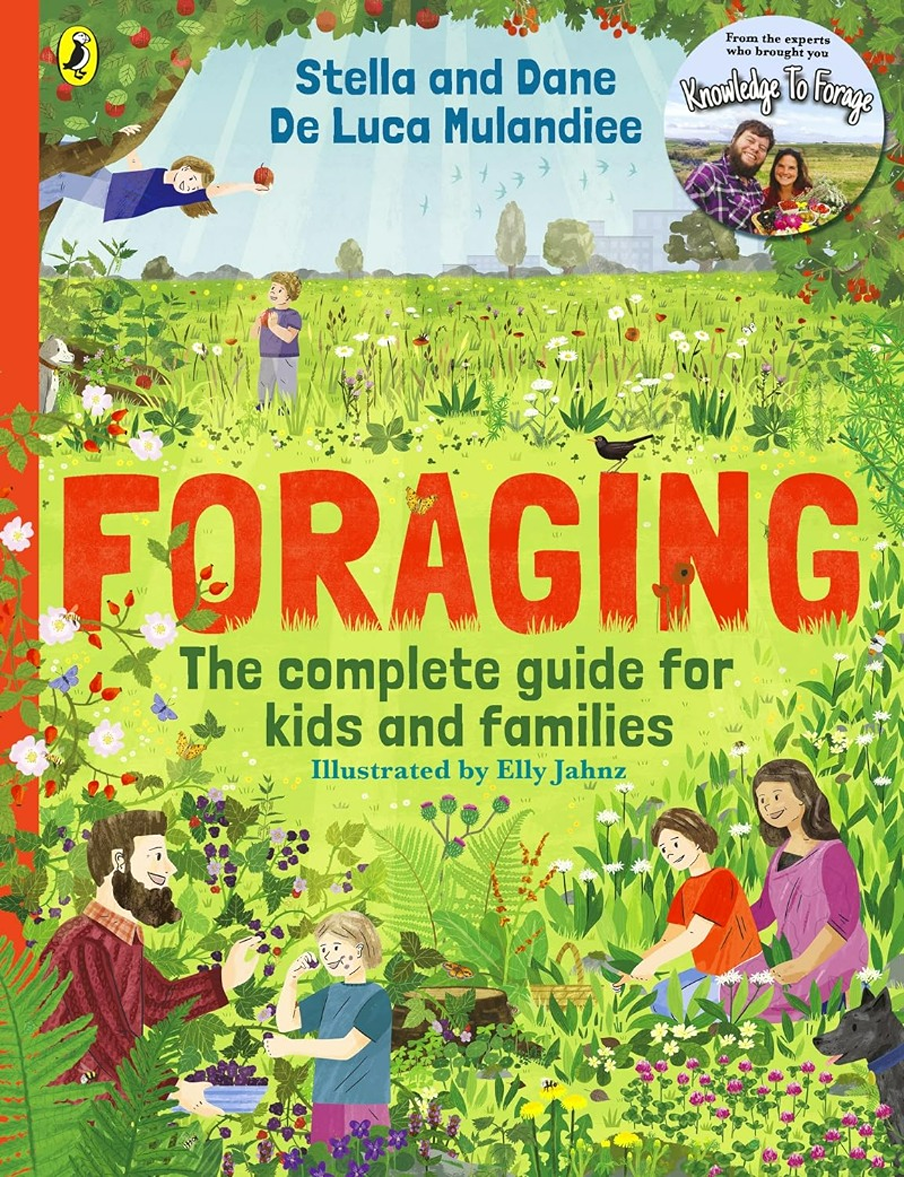
The Complete Foraging Guide for Families is a beautifully designed book to teach all the family how to safely pick plants to eat. If you’ve even been on a long walk through the woods or fields (or even on local streets), there may be undiscovered plants and flowers, just waiting to be found.
The double-spread pages include information on the plants and safe parts of each plant or fruit to eat. By the end of the book, you’ll know how to find the best berries and plants for making yummy foods, and also learn of incredible stories hidden in the flowers, plants and trees you see everyday.
With handy tips and colourful art, this is a comprehensive guide to nature and foraging, to encourage children to safely explore the great outdoors with friends and families.
The authors’ other book Knowledge to Forage includes a monthly calendar of 80 wild edible plants, trees and mushrooms (and a section of toxic plants to avoid, including photos of ‘possible lookalikes’ so you don’t pick a mushroom that might kill you!)


